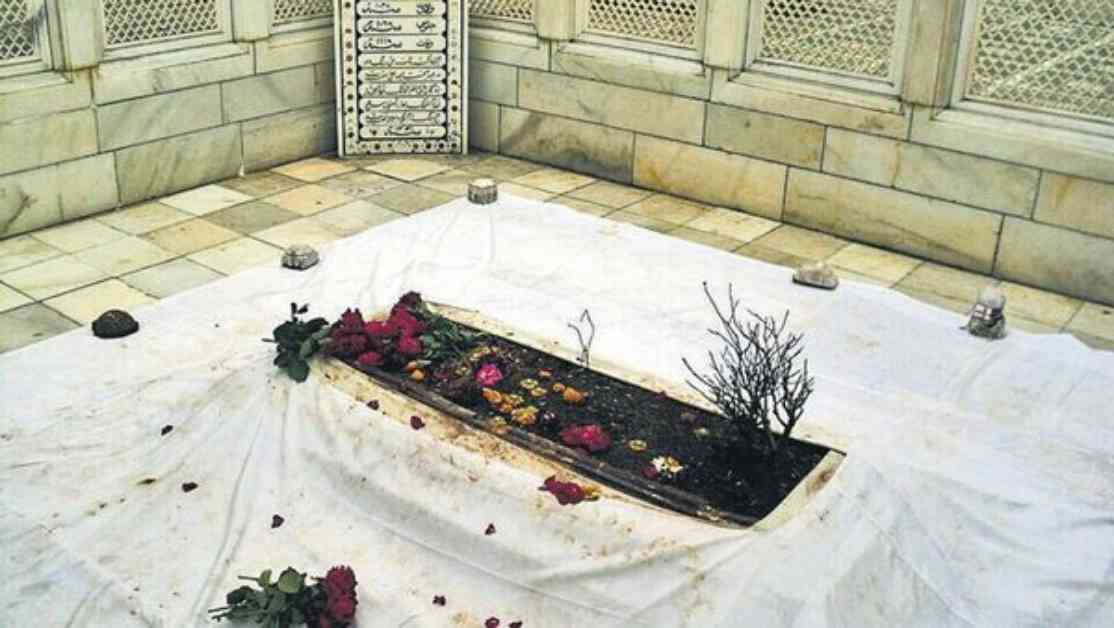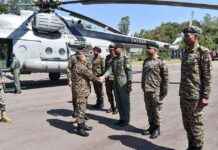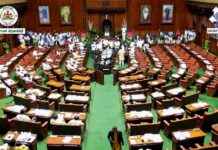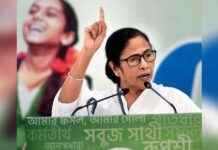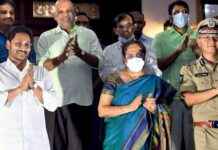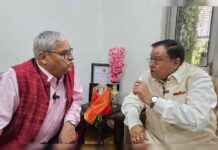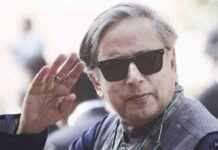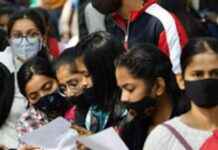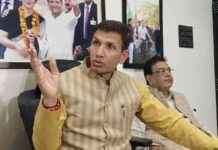Security measures have recently been heightened at the tomb of the Mughal Emperor Aurangzeb in Chhatrapati Sambhajinagar, now known as Aurangabad, owing to calls from the Vishwa Hindu Parishad (VHP) and Bajrang Dal for its removal. These right-wing groups are pressuring the state government to take action and dismantle the tomb, citing its contentious historical significance. The situation has prompted increased vigilance in the area to maintain public safety and prevent any potential unrest.
The Call for Action
The demand for the removal of Aurangzeb’s tomb has been fueled by the commemoration of Shivaji Maharaj’s birth anniversary. The protest date was strategically chosen to coincide with this significant event. According to Shende, a representative from the VHP, Aurangzeb’s brutal treatment and eventual killing of Chhatrapati Sambhaji Maharaj are central to the argument for removing the tomb. Shende emphasized that venerating a tyrannical ruler and elevating him to an iconic status is unacceptable. The demand to eradicate this symbol of subjugation, represented by Aurangzeb’s grave, is at the core of their argument. The sentiment expressed by Shende captures the intense emotions and historical grievances that underpin this issue.
Adding to the chorus of voices calling for the tomb’s removal is BJP MLA T Raja Singh, who is resolute in his vision of establishing India as a “Hindu Rashtra.” Singh’s emphatic stance on eliminating Aurangzeb’s grave is grounded in a broader narrative of reclaiming a Hindu identity. His impassioned plea reflects the deep-seated convictions held by many who see the tomb as a symbol of a bygone era that does not align with their vision for the future. Singh’s words resonate with a segment of the population that seeks to redefine the cultural and historical landscape of the region.
Rising Tensions and Political Backlash
The fervor surrounding the demand for Aurangzeb’s tomb removal has escalated, with Bajrang Dal leader Nitin Mahajan issuing a stark warning. Mahajan’s comparison of the tomb’s fate to that of Babri Masjid underscores the gravity of the situation. The emotive language used to describe the grave as a site of worshipping Sambhaji’s murderer evokes a sense of deep-seated resentment and a desire for justice. The impending deadline set by Mahajan for the government to act underscores the sense of urgency and determination driving this movement.
In response to the escalating tensions, Congress National Spokesperson Atul Londhe Patil acknowledged the deteriorating law and order situation in Maharashtra. The political fallout from this controversy has led to Congress leader Vijay Wadettiwar’s condemnation of groups like Bajrang Dal and VHP for disrupting the peace in the state. The polarizing nature of the debate surrounding Aurangzeb’s tomb has laid bare the deep divisions within the political landscape of Maharashtra.
Shiv Sena MP Milind Deora weighed in on the issue, highlighting the importance of historical education and understanding. Deora’s pointed remarks about the need to differentiate between Chhatrapati Shivaji Maharaj and Aurangzeb underscore the complexity of historical narratives and the nuances that often get overlooked in heated debates. His critique of political parties that compromise on their core ideologies resonates with a broader sentiment of disillusionment with mainstream politics.
The clash over Aurangzeb’s tomb in Chhatrapati Sambhajinagar encapsulates a broader struggle for identity, history, and cultural representation. The diverse voices and perspectives at play in this contentious issue underscore the complex tapestry of beliefs and convictions that shape the socio-political landscape of Maharashtra. As tensions continue to simmer and calls for action grow louder, the fate of the tomb remains uncertain, hanging in the balance of competing narratives and visions for the future.
